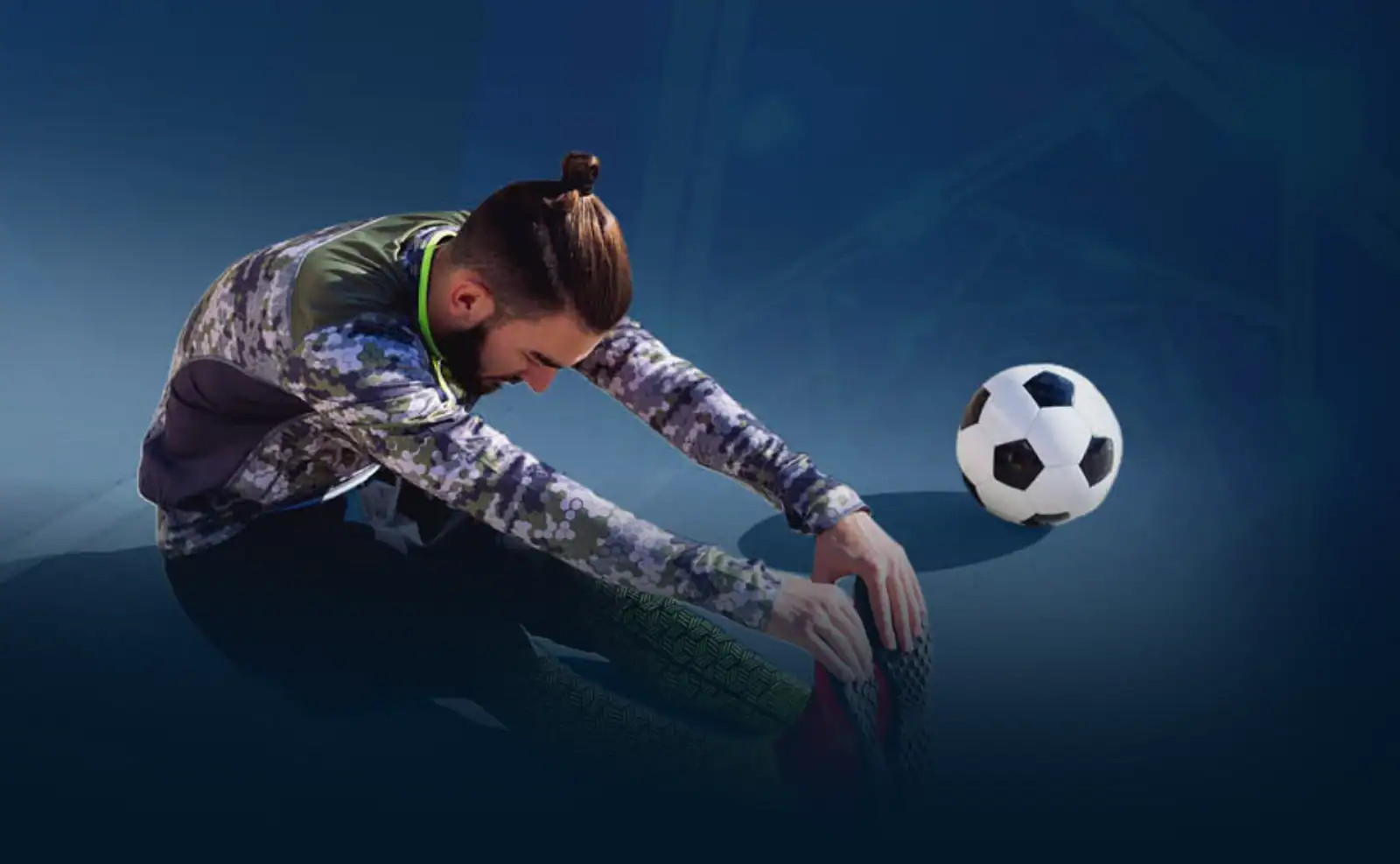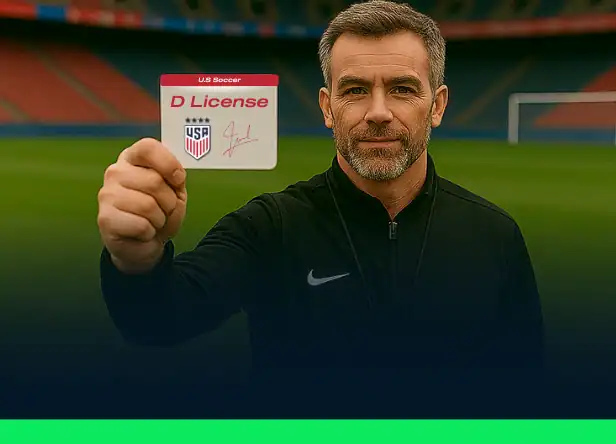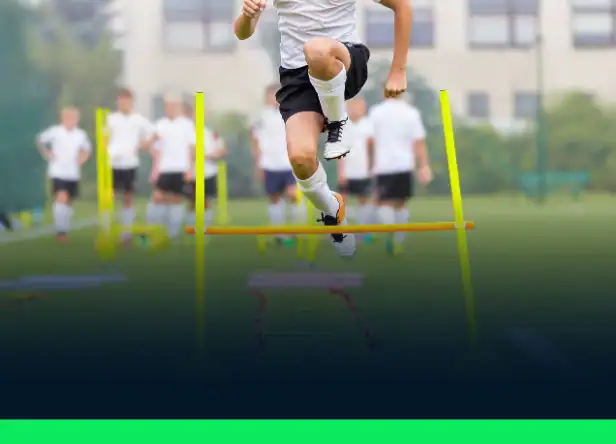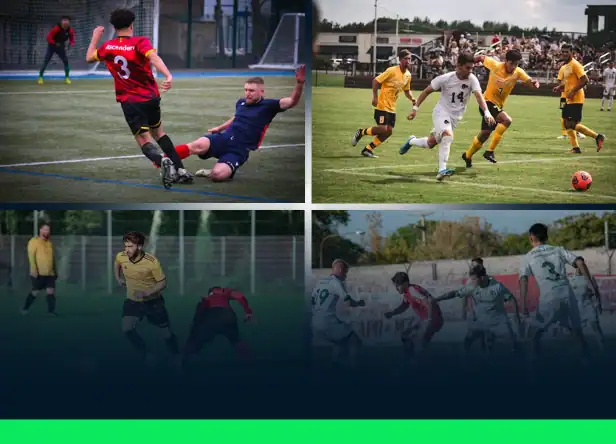Regardless of your playing standard, implementing a comprehensive warm-up routine is absolutely vital before any training session or match. Far too often undervalued in grassroots soccer, a proper warm-up significantly reduces injury risk whilst simultaneously enhancing on-pitch performance. Here’s a complete guide to understanding warm-ups, featuring match-specific drills to keep your preparation routines varied and effective.
Why Every Soccer Player Needs a Quality Warm-Up?
Elevating Body Temperature
Research conducted by Lullies in 1973 demonstrated that a 1°C temperature increase delivers a remarkable 13% boost in cellular reaction speed. Peak muscular efficiency occurs at approximately 39°C, meaning you should target raising your core temperature by roughly 3°C during warm-up preparation.
Heated muscles become more pliable, tendons gain elasticity, and force production capabilities increase dramatically. During cold weather conditions, extend your warm-up duration to achieve optimal operating temperature. Even in summer heat, warming up remains crucial—both muscles and cardiovascular system require gradual activation before match intensity.
Increase in Circulation and Blood Flow
Throughout the warm-up process, blood circulation accelerates significantly. Oxygen and energy delivery to working muscles improves whilst carbon dioxide clearance becomes more efficient. This enhanced circulation prepares the cardiovascular system for the sustained high-intensity efforts required during 90-minute matches.
Minimise Injury Risk
Raising muscle temperature directly correlates with reduced injury risk. More elastic, supple muscles and tendons handle high-impact loads more effectively—resulting in fewer muscle strains, ligament sprains, and tissue tears. Additionally, synovial fluid (joint lubricant) becomes less viscous, reducing joint friction and improving mobility.
Optimising Motor Control and Coordination
A structured warm-up effectively “switches on” the nervous system. Nerve impulse transmission speed increases whilst proprioception (spatial awareness) sharpens considerably. Cognitive and psychological benefits include:
- Enhanced concentration and focus
- Accelerated information processing
- Improved decision-making under pressure
- Increased confidence and match readiness
Achieving Match-Ready Intensity from Kick-Off
A soccer match spans 90 minutes—simultaneously lengthy yet brief when trailing early. Conceding within the opening minutes forces teams into chase-the-game scenarios. Proper warm-up preparation ensures you can operate at peak intensity immediately from kick-off, providing that crucial early-game advantage.

How to Run a Good Warm-Up? Implementing Effective Warm-Up Protocols
Maintaining Optimal Temperature
Temperature retention remains paramount throughout preparation. Preserve the warmth generated during activation to reach optimal performance temperature more efficiently. Stay covered between exercises to prevent rapid heat loss through sweat evaporation or body radiation (infrared heat emission).
Following Progressive Intensity Patterns
Initially, your body remains “cold” and unprepared for sudden physical shocks. A common error involves taking powerful shots at goal whilst muscles remain inactive—an excellent method for inducing muscle strains.
Begin with moderate-intensity efforts. After several minutes—once feeling genuinely warm—introduce tempo variations, accelerations, and firmer passing combinations. Only during the final phase—when sweating and heart rate reaches 140-160 bpm—should you attempt full-power shots or explosive accelerations.
Incorporating Match-Realistic Changes of Tempo, Speed, etc.
Soccer demands abrupt pace changes, accelerations, and contact. Prepare for that from minute one—especially versus aggressive opponents.
Your warm-up should activate the cardiorespiratory system, joints, and all major muscle groups. By the end, you should be sweating and “in match conditions,” but avoid building a big oxygen debt you’ll carry all game.
7 Essential Pre-Match Warm-Up Drills
To help your team prepare effectively, here are 7 essential warm-up drills used by top-level coaches before every match.
1 “Russian” Activation Method Warm-Up (No Ball)
Developed by Masterovoi in 1964, this systematic approach emphasises muscle temperature elevation through alternating, targeted contractions. Particularly effective for:
- Pre-season conditioning phases
- Cold weather preparation
- Dressing room activation before matches
- Substitute readiness maintenance
Approximate duration: 20 minutes
Sample sequence:
- Hamstrings (localized work): 2 × 15 reps per leg. The player lies prone; a teammate provides resistance during knee flexion.
- Quadriceps Isolation (localized work): 2 × 15 reps of half-squats per leg (max ~45° knee bend). The non-working leg doesn’t touch the ground.
- Hamstrings (bridges): 2 × 15 reps. The player lies supine, knees bent, feet flat; lift hips 15 times. On the last rep, hold the top 30 seconds.
- Adductors/Abductors: 2 × 10 reps. Standing, feet shoulder-width.
- For abductors: hands inside knees, push knees outward while resisting abductors.
- For adductors: hands outside knees, push inward while resisting with adductors.
- For abductors: hands inside knees, push knees outward while resisting abductors.
- Global quadriceps/glutes: 2 × 10 lateral squats, side shuffles between reps.
- Dynamic Heels to glutes: Shuttle between two cones—forward and backward.
- High knees: Same format as Heels to glutes.
- Dynamic lateral shuffles: Emphasis on rhythm maintenance and postural control.
Prefer the “Dutch school”? You can perform the entire warm-up with a ball. See below.
2. Ball-Control Circuit
Start with gentle jogging to activate muscle groups. Each player controls a ball, dribbling at light intensity to mobilise joints (approximately 2 minutes). Establish a cone circuit enabling players to vary running lines and dribbling patterns.
3. Dribbling with Exercise Intervals
Continue ball work whilst incorporating brief physical blocks from the Russian method (heel-to-glutes, high knees, squats). Every 60 seconds, on whistle command, players perform 15-second physical bursts before resuming dribbling.
4. Rondo (Keep the Ball)
The quintessential possession drill. Players form a circle with 1-3 defenders positioned centrally, attempting to win possession. Upon loss or interception, the player(s) responsible switch roles with defenders. Highly engaging, competitive, and exceptional for cardiovascular preparation—particularly beneficial for midfield players.
5. Pass and Follow
Group of 4–5. Two lines face each other, about 20 meters apart.
The player with the ball passes firmly to the opposite line, then jogs to the back of that line. The receiver controls, passes back, and follows.
Add movement variants between reps (side shuffles, heels-to-glutes, accelerations, etc.).
6. Small Sided Possession Game
Mark a small grid with cones. Two teams (e.g., 6v6 or 7v7) compete for possession. When players lose the ball, briefly send them outside the grid for quick physical tasks (agility ladder work, mini-circuits), then re-enter. Maintains high intensity whilst ensuring frequent touches.
7. Soccer Tennis
Two teams of 2–3 on a small court split by a net. Adjust rules according to ability level (touch limitations, bounce allowances). Excellent for developing touch, timing, and coordination whilst maintaining an enjoyable, competitive atmosphere.
Progressive “Pass to 10” Development
Phase 1 (10 minutes): Within the penalty area. Two teams use hand-passing only—no running with possession. The first team completing 10 consecutive passes without drops or interceptions scores one point.
Phase 2 (10 minutes): Ground-based version. The ball must remain below knee height. Possession switches sides when lost.
Phase 3 (expanded area): Quarter-field dimensions. Players limited to two touches with aerial balls permitted. Demands quicker decision-making and improved spatial awareness.
Key Modifications for Enhanced Effectiveness
Duration and Timing
Professional warm-ups typically last 20-30 minutes, with a minimum of 15 minutes recommended for adequate preparation. Amateur players should allocate sufficient time rather than rushing through routines.
Progressive Loading
Begin with gentle jogging and dynamic stretching before advancing to technical skills that mirror match situations. This graduated approach prevents injury whilst optimising performance preparation.
Weather Adaptations
In cold conditions, extend warm-up duration and maintain body heat through appropriate clothing. During hot weather, focus on gradual cardiovascular activation whilst monitoring hydration levels.
Position-Specific Elements
Incorporate role-relevant movements—goalkeepers require different preparation than outfield players, whilst defenders and forwards can benefit from position-specific skill rehearsal.
Final Thoughts: Importance of Warm-Up Session
A comprehensive warm-up represents an investment in both performance and longevity. By implementing these evidence-based protocols and maintaining consistency in preparation standards, players at all levels can minimise injury risk whilst maximising their on-pitch potential from the opening whistle.





